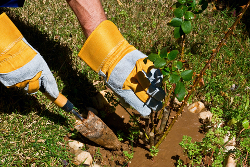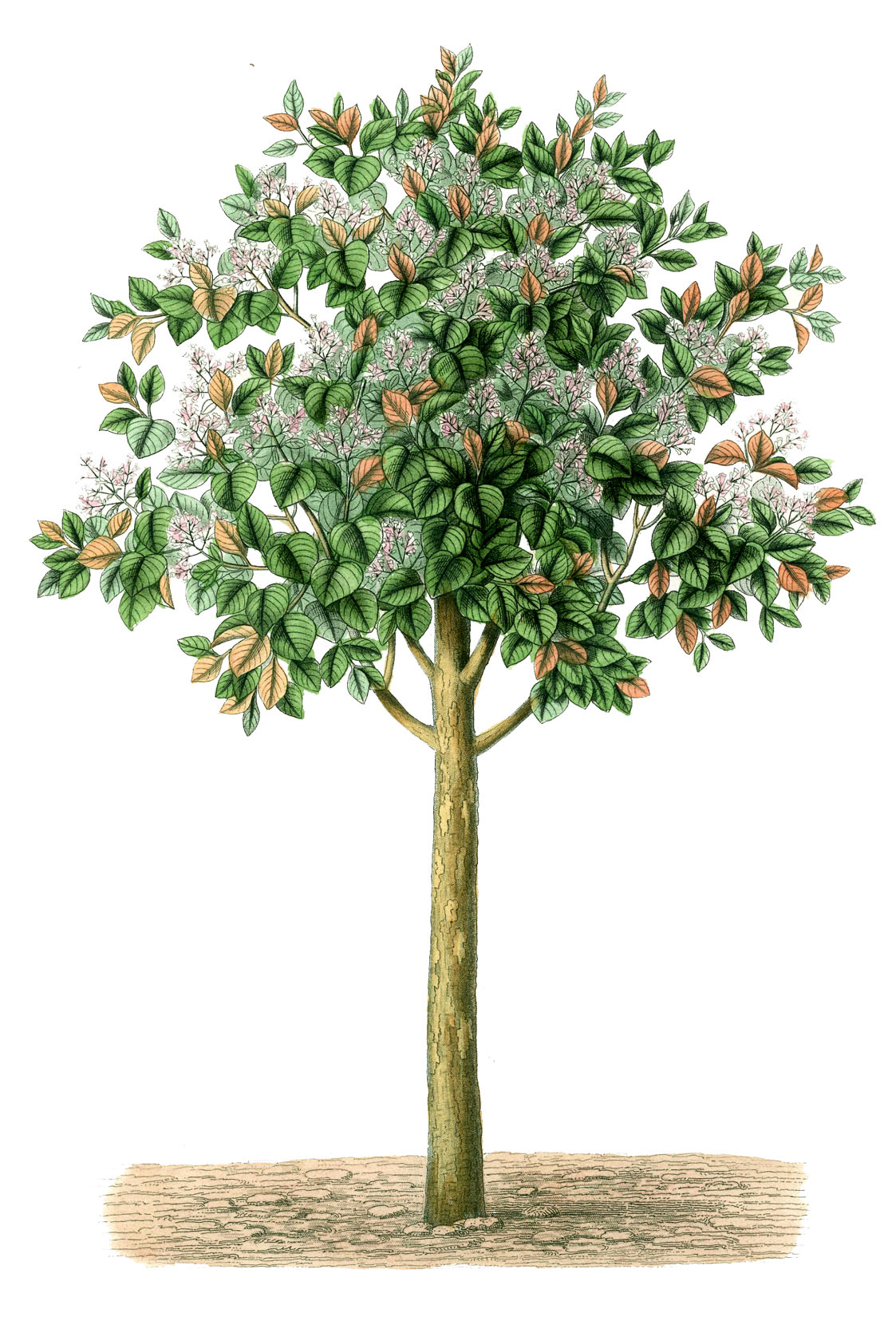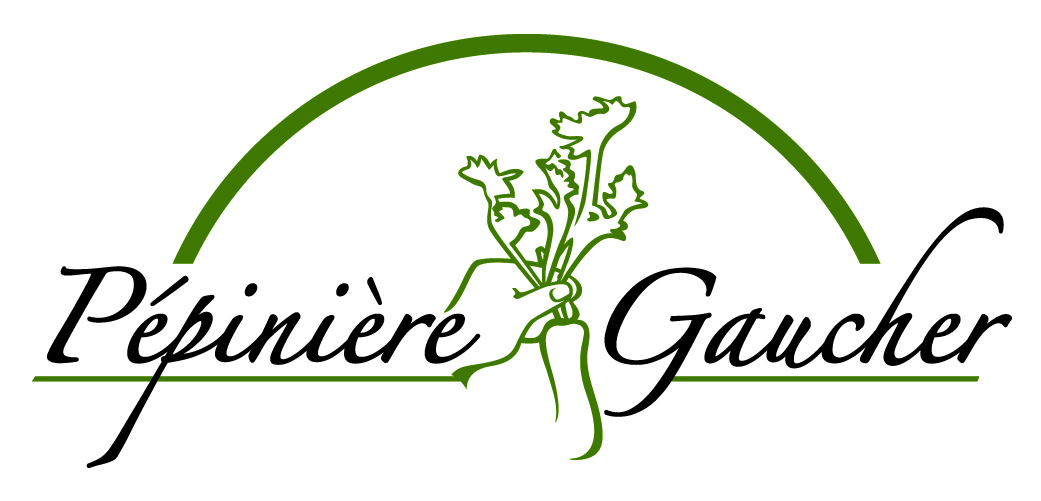
Bravo! You have chosen your plant according to your hardiness zone, and you are now ready to work your garden.By following a few simple guidelines, you will increase your chances of success and you will have the pleasure of seeing your plants grow quickly and healthy.
{googleAds} {/googleAds}
1. Time of planting: The period of planting staggered from May to October. In spring, we expect that all danger of frost has passed otherwise, buds or leaves of plants may burn with cold. That said, most planting is done early in the season, most seedlings have the time to take root in the soil, take some strength and grow. In winter, plants are more resistant to harsh weather. We do not recommend planting them say after the month of October.
2. Choosing your planting site :Choose the future location of your plants carefully respecting the needs of plants as they need shade or sun. Also check the height and width as the plants reach maturity, the space will it be enough? Is the soil composition the right one to be use with this type of plant? Is there a municipal law restricting this type of plant. Is there a distance to be maintained between the boundary of your neighbor and your planting. All these aspects should be considered before planting plants and a small study will contribute to your success.
3. Prepare the ground carefully : Preparing the soil is an important step that will ensures your success with your plants. It might be to eliminate existing vegetation. If you plan to plant seedlings to an hedge for example, pulling the existing turf is essential. If your planting is more in a garden, a working mechanical site will refresh the soil and promote healthy recovery plants.
4. Watering plants : It is important to check if plants are wet enough at the reception, until planting time. Meanwhile, keep the plants safe from sun and wind. Place them in a cool place not more than a day or two. Plant your young cuttings in the ground as soon as possible because the roots of plants fear drought. Just before planting soak the plugs or pots in a pool of water for a few minutes and make sure they are well moistened before planting.
5. Cut is not necessary : Since these are young plants whose size has already been done in the nursery, we do not recommend any cut at this time. You can begin to size the second year of growth. Maintains a small size cut during summer or seize depending of the type of plants. In general, shrubs that bloom in summer are pruned immediately after flowering. The spring flowering shrubs will be pruned after flowering. Regarding the shrubs that do not flower, a simple shape cut in early or mid summer is recommended. At that time, the new growth of the year is over and the plant has lost its shape. So it this at this point that the cutting is made.
6. Planting: The first operation is to dig a hole a little deeper (1 or 2 inches) the height of the rootball of the plant. You can add a small amount of organic soil or manure by mixing it with the land that was set aside by digging the hole. The ground amendment is optional. Then drop into the bottom of the hole a little of the soil mix. Place the seedling into the hole ensuring that it is standing right and hold it by the stem. Fill the hole gently ensuring that the collar of the plant is equal to the ground without covering it. Slightly compact the soil around the roots. You can complete the operation by making a tank around the hole with the earth so that when watering, water is retained and leads to the roots. Water thoroughly.
7. Apply a mulch around the plants : After planting, apply mulch wich will cool the ground, and will also retain moisture in the soil. Mulch will also prevent weeds from moving in, and it will by its decomposition feed nutrients to the plants.
There are different types of mulch such as mulch with rapid decomposition, long-lasting mulch and inert mulch. When we speak of mulch with rapid decomposition it can be either, of buckwheat hulls, shredded leaves, hay, straw, forest mulch, grass freshly cut, the sawdust, peat horticultural sawdust from wood, or peat moss.
You could also use inert mulch such as geotextile or decorative stones. They are less beneficial to plants but still exercise control over weeds, thus avoiding competition with your young plants.
Mulches long as cedar bark will also be the case. Watering after application of mulch to hold it in place.





